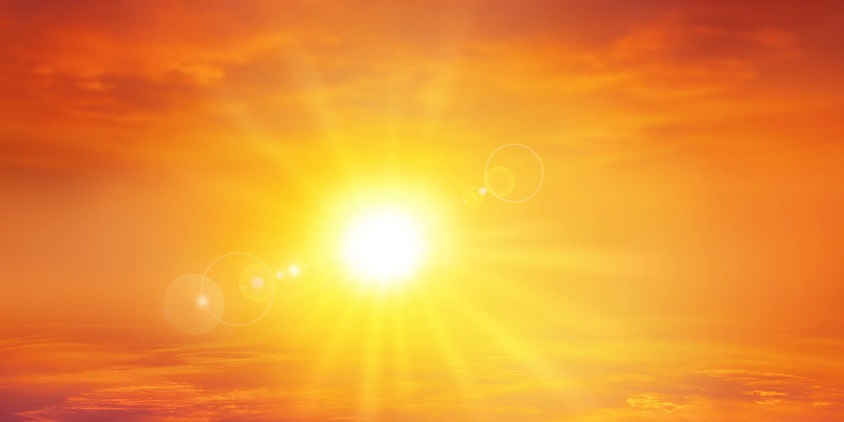 Temperatures in Arizona during the summer soar, and heat-related illnesses are common. Anyone can be susceptible to heat-related illness, but those at greatest risk are children under age four, adults over age 65, homeless people, outdoor workers, people who are overweight, and people who are ill or on certain medications.
Temperatures in Arizona during the summer soar, and heat-related illnesses are common. Anyone can be susceptible to heat-related illness, but those at greatest risk are children under age four, adults over age 65, homeless people, outdoor workers, people who are overweight, and people who are ill or on certain medications.
Following some simple safety tips can help you and your family stay safe during the extreme heat our state often endures. It is very important to drink water. Don’t wait until you are thirsty to drink. Even if you try to stay indoors all day, you should try to stay hydrated. The average adult should be drinking about three liters of water per day. People who spend time outdoors should drink one liter of water per hour that they are outdoors. Remember to provide lots of water to help keep your pets hydrated as well.
If you are active outside during the heat, be sure to drink enough water. Your body can lose up to four liters of water per hour during strenuous activity. You should carry water with you and drink even if you don’t feel thirsty. If possible, limit strenuous activity during the day. Instead, do it during the coolest part of the day, which is usually in the morning between 4 to 7 a.m. Rest often in shady areas so your body has a chance to recover or try exercising indoors.
Dressing for the heat is another important aspect to staying cool. Choosing lightweight, light-colored, and loose-fitting clothing will help provide some protection from the heat and the sun. Make sure to also bring a wide brimmed hat to provide some shade and keep your head cool. Apply sunscreen 30 minutes before going outside. Sunburns can affect your body’s ability to cool itself and can cause you to lose body fluids.
Using only a fan in temperatures above 90 degrees may not be enough to cool you down. Staying in an air-conditioned building will lower the effects of the heat outdoors and help your body recover. If you need financial assistance with cooling your home, the Low Income Home Energy Assistance Program, also known as LIHEAP, is available to help with energy costs. You can find more information here on how to apply for assistance.
And most importantly, never leave children, pets, or adults who need assistance in parked cars, even if it is only for a short time. Cars can quickly heat up and put them at risk for a heat-related illness. Cracking the window doesn’t do enough to keep your family cool and safe inside of the car.
There are several types of heat-related illness, including heat cramps, heat exhaustion, and heat stroke. Heat stroke is the most serious heat-related illness. Signs to look out for this medical emergency include headaches, feeling dizzy or confused, nausea, and loss of consciousness. If you notice someone experiencing these symptoms, call 911 right away. Move the person to a cooler place to help lower the affected person’s temperature.
We have developed a Heat Emergency Response Plan, a Heat Safety Resource Guide, and a bilingual Heat Brochure to help you steer clear of heat-related illness this summer. The Heat Relief Network also offers tips for staying safe in the heat and hydration maps for places to get free water, available public cooling centers, and water donation locations around Maricopa County.
You can find relief from the heat in Pima County by visiting one of the Summer Sun Respite Locations. Respite locations provide an air-conditioned space, free water, and other services. For heat relief resources in Yuma County, you can find information here on cooling center locations and places to donate water.









